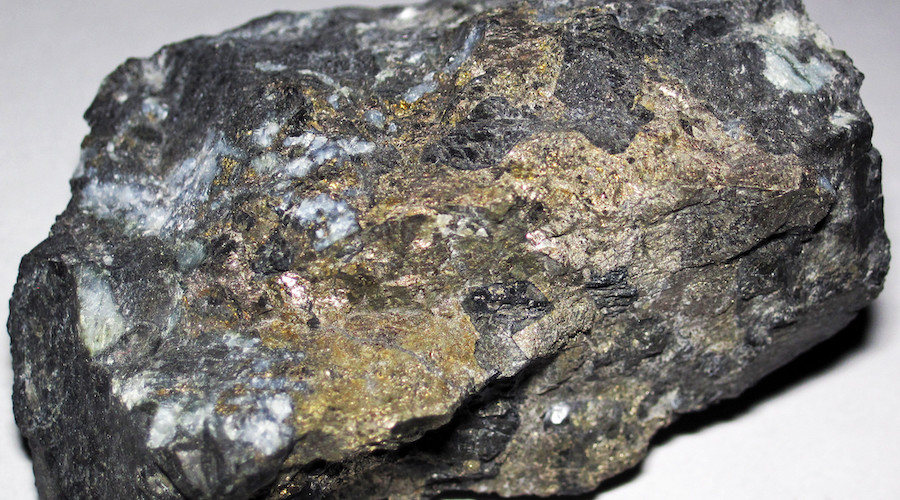
Researchers at the California Institute of Technology have developed a platinum-palladium-based catalyst for producing a widely used chemical feedstock without the toxic substances normally required for its production.
In a paper published in the journal Science, the researchers explain that the chemical feedstock they worked on, propylene oxide, is an organic compound used in various applications, including manufacturing foams, plastics, and antifreeze, as well as for disinfection and sterilization. Traditionally, propylene oxide is produced by reacting propylene with either hypochlorous acid or hydrogen peroxide.
The problem is that when hypochlorous acid is used, there is a chloride byproduct that is usually discharged into the environment and this has led to fewer permits being granted to plants that use the hypochlorous acid process.
In response to this, some industries have shifted toward peroxide-based processes. The issue here is that when hydrogen peroxide is in contact with organic compounds, there is a looming hazard of explosions.
Given this state of affairs, the Caltech group decided to develop a safe method for propylene epoxide production that did not produce an environmental discharge or have a large carbon footprint.
The team began by looking for a catalyst capable of producing propylene epoxide using the oxygen atom found in a water molecule. The only side product would be hydrogen gas, which can be used as a fuel or in manufacturing other chemicals.
“The whole premise was that water is safe,” head researcher Karthish Manthiram said in a media statement. “It doesn’t present an intrinsic safety hazard, and there’s no environmentally harmful side product from the process. Instead, you’re making hydrogen, which is something that we need to be making more of in the future. That’s where we started.”
The group narrowed in on two catalysts: platinum oxide and palladium oxide. Both performed the reaction the team wanted, but not sufficiently well enough to be useful. Platinum oxide produced propylene epoxide at high rates, but messily, creating many unwanted side products. In contrast, palladium oxide produced propylene epoxide with fewer side products, but it did so rather slowly.
“Putting the two together actually ended up solving the problem,” Minju Chung, lead author of the paper, said. “Then we spent a lot of time understanding why that mixture works better. It’s not a straightforward explanation.”
Using X-ray absorption spectroscopy, the scientists determined that in a mixture of platinum oxide and palladium oxide, the platinum exists in a state that makes it a more efficient catalyst.
“It turns out that one of the most dramatic effects of going from platinum oxide to palladium–platinum oxide is that you can stabilize the platinum in a higher oxidation state,” Manthiram said.
“When in a higher oxidation state, the oxygen attached to the platinum is more deprived of electrons, making it more reactive with the electron-rich propylene. We see through a whole series of experiments that stabilizing platinum in a higher oxidation state leads to significantly improved rates and efficiencies of propylene epoxidation.”
Using the new catalyst, the rate of propylene oxide production is 10 times higher than what had previously been achieved, and the efficiency is increased by 13%.
Manthiram pointed out that future research will focus on testing the catalyst to see how it can be taken from a laboratory setup into industrial settings. That will require analyses that examine how long the catalyst lasts before it degrades and how well it performs at larger scales, as well as the development of a process for removing the propylene epoxide from the system as it is produced.